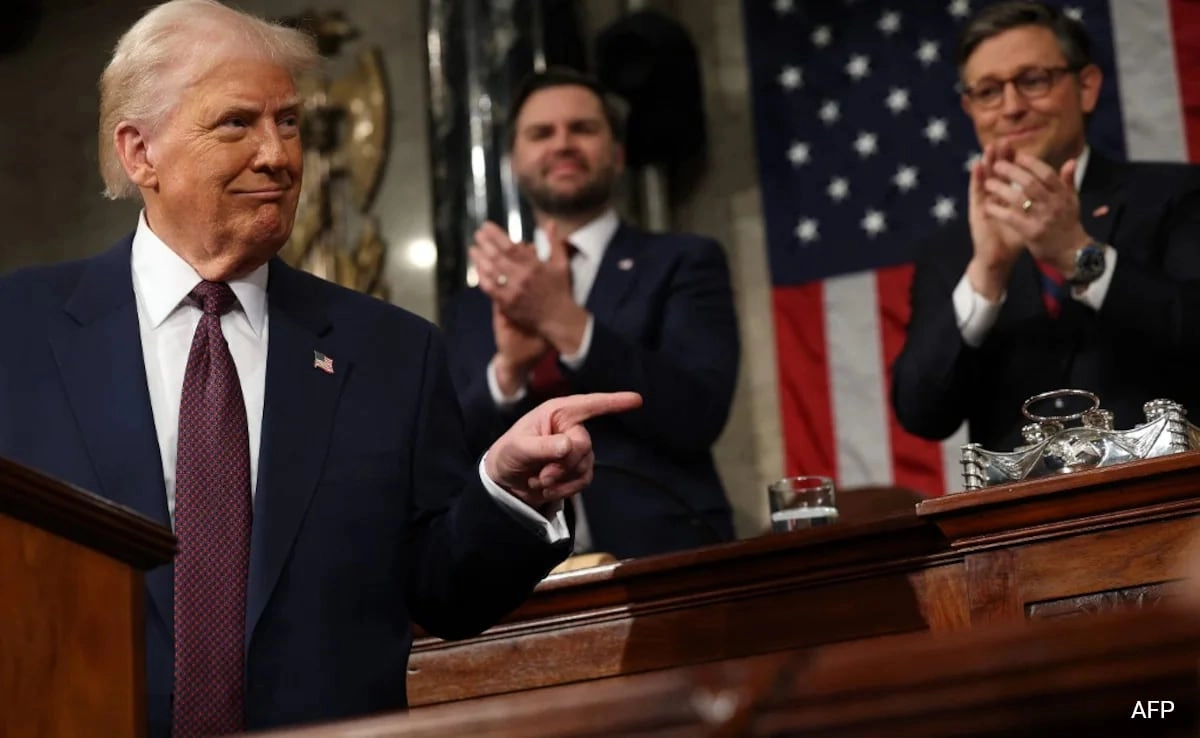Donald Trump’s recent address to Congress has sparked discussions about why it should not be classified as a traditional State of the Union speech. Typically, a State of the Union address serves as an annual opportunity for the sitting president to outline their legislative agenda, reflect on the past year’s accomplishments, and propose new initiatives. However, Trump’s speech diverged from this norm in several key aspects.
Firstly, the tone and content of his address were markedly different from the more formal and unifying rhetoric usually expected in such speeches. Instead of focusing on a comprehensive summary of national issues, Trump prioritized personal achievements and partisan talking points. This shift led many to question whether the address truly represented the broader interests of the nation.
Additionally, the timing and context of the address were significant. It came at a moment of heightened political division and controversy, which further complicated its reception. Rather than fostering a spirit of bipartisanship and collaboration, the speech emphasized divisive themes, which is not characteristic of a traditional State of the Union address.
Moreover, the lack of specific policy proposals and an overarching vision for the future further distinguished Trump’s address from those of his predecessors. While a typical State of the Union speech includes concrete plans and initiatives aimed at addressing pressing issues facing the country, Trump’s remarks leaned heavily on rhetoric and personal grievances. This approach left many observers feeling that the address fell short of the expectations associated with a State of the Union.
In conclusion, Donald Trump’s address to Congress deviated from the conventional format and purpose of a State of the Union speech. Its focus on personal achievements, divisive rhetoric, and the absence of a coherent legislative agenda contributed to the perception that it lacked the gravitas and unifying intent typically associated with such addresses.




